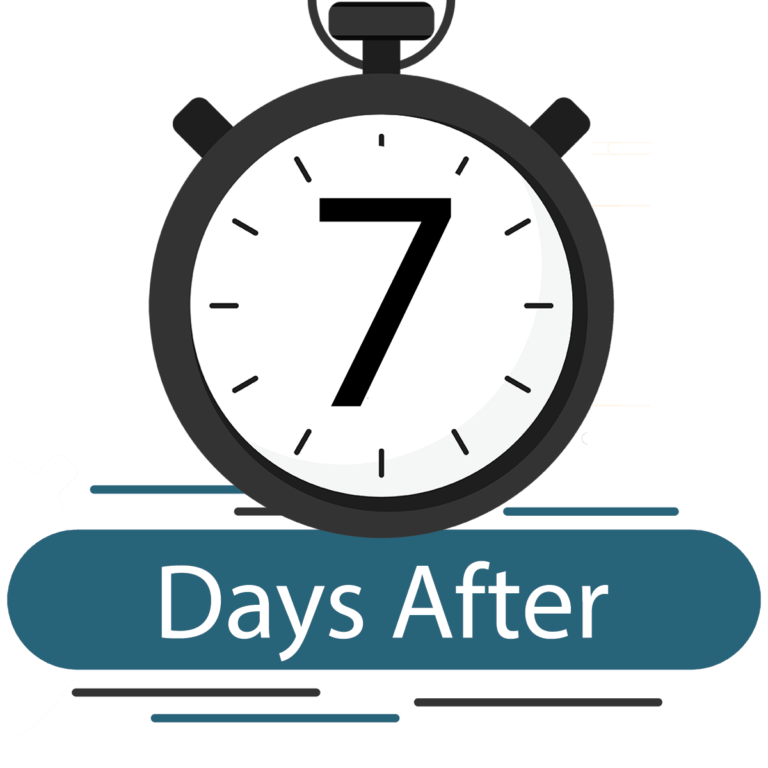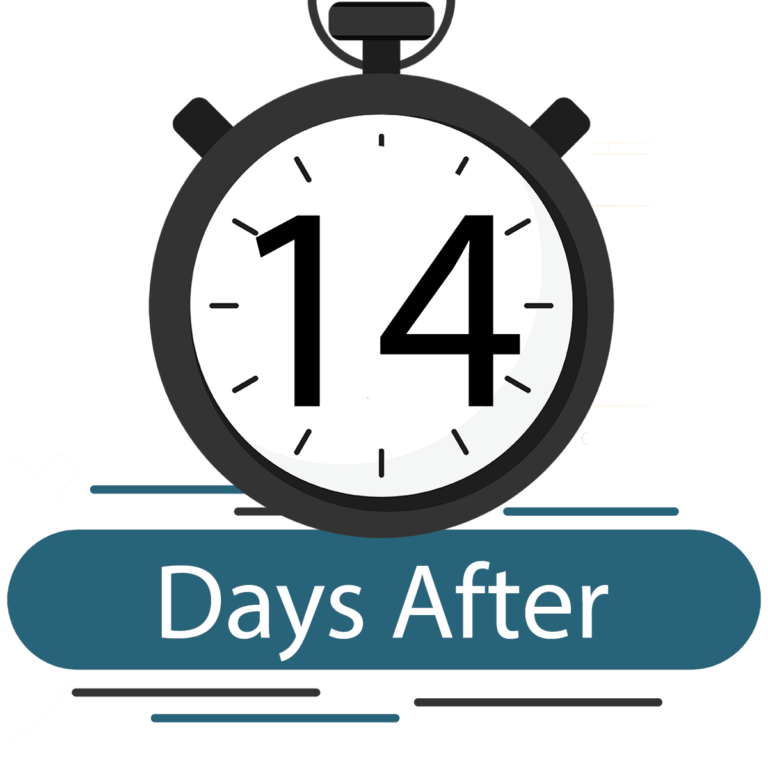
Dermal Fillers Aftercare: Comprehensive Guide for Optimal Results
Dermal fillers are a popular cosmetic treatment that provides instant results, enhancing facial contours and smoothing out wrinkles. However, proper aftercare is essential to ensure the best outcomes and prolong the effects of the treatment.
In this guide, we will cover everything you need to know about dermal fillers aftercare, including tips for managing side effects, what to avoid, and how to maintain your beautiful results for as long as possible.
“Following the right aftercare steps is crucial to maximize the benefits of your dermal filler treatment. Our team is here to support you every step of the way.”
Dr. Kamal Alhallak
Client Reviews and Testimonials
Jessica M.
Read More
I recently had Botox treatment at Albany Clinic for my frown. I'm really happy with the results. Moreover, the staff was friendly and professional, making me feel at ease throughout the procedure. They use freezing cream and leave it long enough to work. So I highly recommend them!
Samah S.
Read More
"I'm very happy with the results of the laser hair removal at Albany Centre. The procedure was quick and comfortable. I did not feel rushed and provided me with many towels to change. So, I recommend them to anyone.
Olivia A.
Read More
"I had an excellent experience with Albany Centre for lip fillers. Moreover, the team was so welcoming, and the results were just what I wanted. My lips look natural but bigger and with a heart in the middle!"
Previous
Next
Move the Slider to Witness the Difference
Move the slider to see the difference after the treatment.
To browse more pictures, please visit our results page.
Preparation and Aftercare Timeline

3 Days Before:
Preparation:
- Avoid alcohol, aspirin, and any non-steroidal anti-inflammatory drugs (NSAIDs) like ibuprofen to reduce the risk of bruising.
- Discontinue any blood-thinning supplements such as fish oil, vitamin E, and ginkgo biloba.
- Ensure you have gentle skincare products at home, such as a mild cleanser and hydrating moisturizer.
- Stay hydrated by drinking plenty of water.

0 Days Before (Treatment Day):
Preparation:
- Arrive with a clean face; avoid makeup.
- Wear comfortable clothing.
- Eat a small meal to avoid feeling light-headed during the procedure.
- Expect a consultation to review your medical history and confirm the treatment plan.

Immediately Post Treatment:
Aftercare:
- Apply an ice pack to the treated areas to reduce swelling and discomfort.
- Avoid touching, pressing, or manipulating the treated areas to prevent filler displacement.
- Apply a gentle, hydrating moisturizer. Our recommended product is the Vivier LEXXEL Moisturizing Cream, but other options include CeraVe Moisturizing Cream, Aquaphor Healing Ointment, and Avene Cicalfate+ Restorative Protective Cream.
- Avoid sun exposure and apply a broad-spectrum sunscreen with at least SPF 30.
- Avoid strenuous activities and excessive facial movements.

1 Day Post Treatment:
Aftercare:
- Continue using a mild cleanser and hydrating moisturizer.
- Avoid direct sun exposure and apply sunscreen with at least SPF 30.
- Refrain from strenuous activities, excessive sweating, and exposure to high temperatures (e.g., saunas, hot tubs).
- Avoid sleeping on your face to prevent filler displacement.

3 Days Post Treatment:
Aftercare:
- Continue with gentle skincare routines.
- Minor redness, swelling, and bruising are normal; continue using soothing and hydrating products.
- Avoid alcohol, aspirin, NSAIDs, and blood-thinning supplements.
- You may use arnica gel or tablets to help reduce bruising.
Frequently Asked Questions
What should I avoid after getting dermal fillers?
Avoid touching or massaging the treated area, strenuous exercise, alcohol, and excessive sun exposure for at least 48 hours after treatment.
How long do dermal fillers last?
The results of dermal fillers can last from 6 to 18 months, depending on the type of filler used and the area treated.
Can I wear makeup after getting dermal fillers?
It’s best to avoid makeup on the treated area for at least 24 hours to reduce the risk of infection or irritation.
What are the common side effects of dermal fillers?
Common side effects include swelling, bruising, redness, and tenderness at the injection sites, which usually subside within a few days.
How can I reduce swelling after dermal fillers?
Applying a cold compress, staying hydrated, and sleeping with your head elevated can help reduce swelling.
When should I contact my provider after getting dermal fillers?
Contact your provider if you experience severe pain, significant swelling, or any signs of infection such as fever or pus at the injection sites.
Discover More Services We Offer


